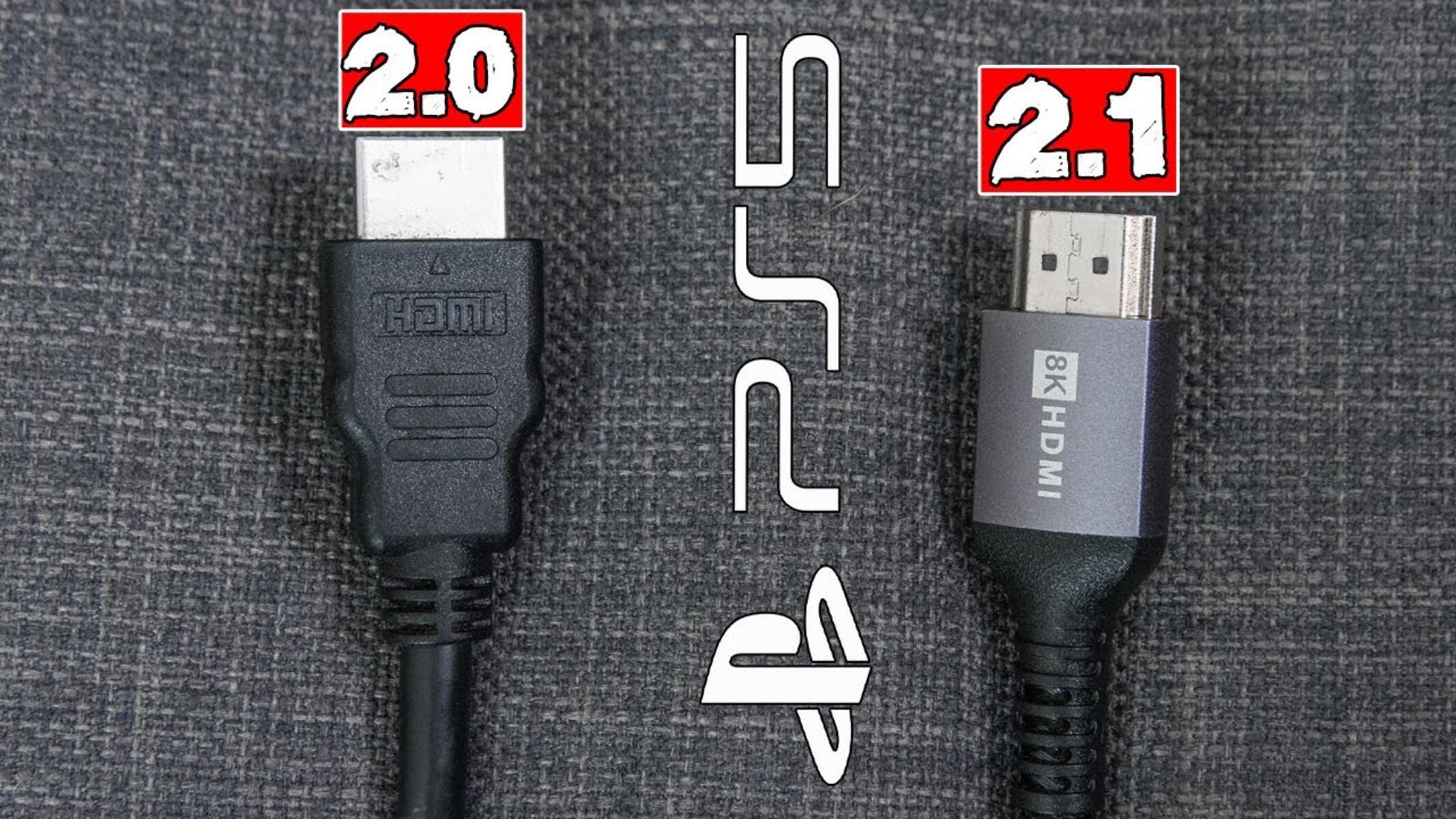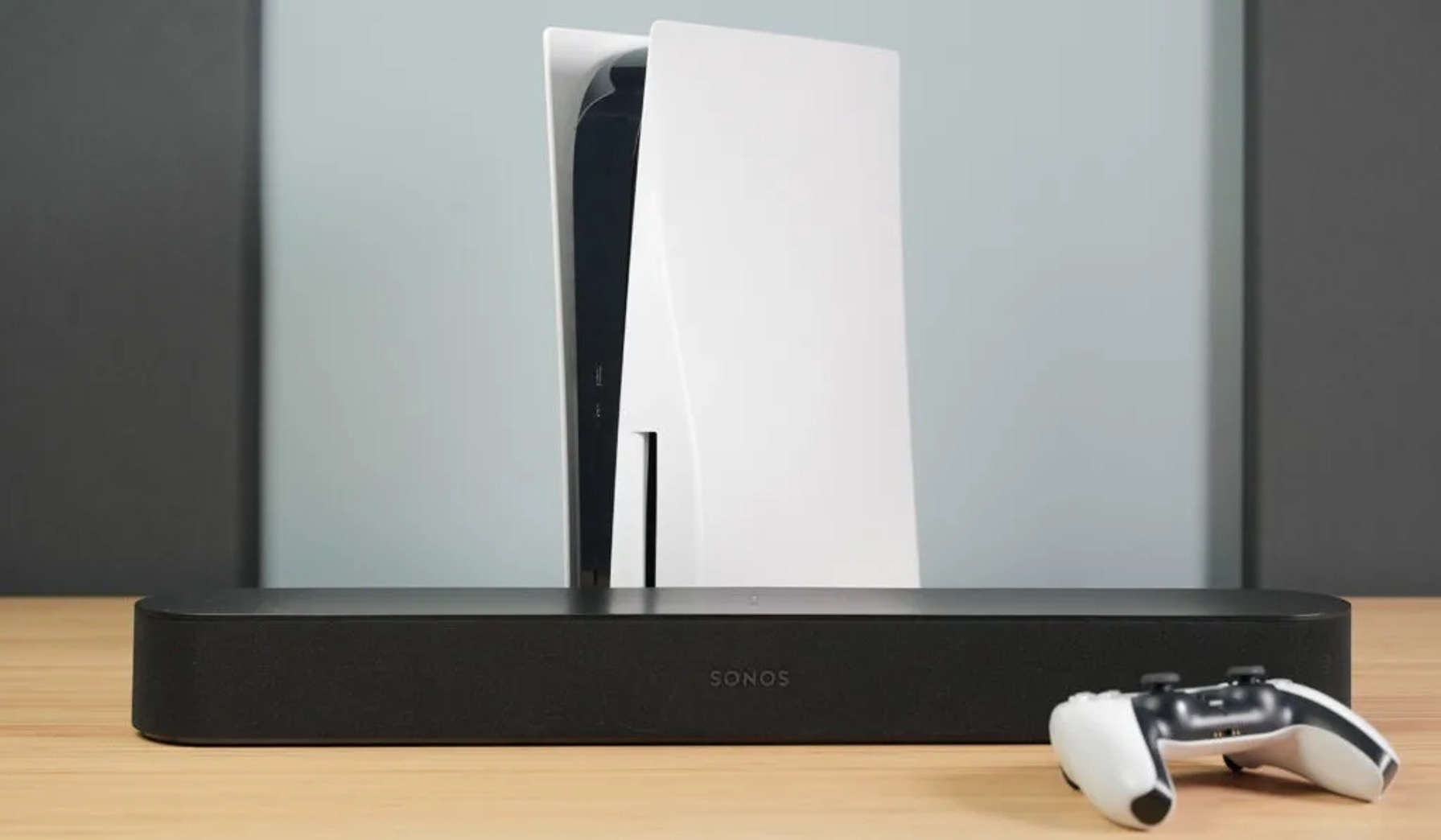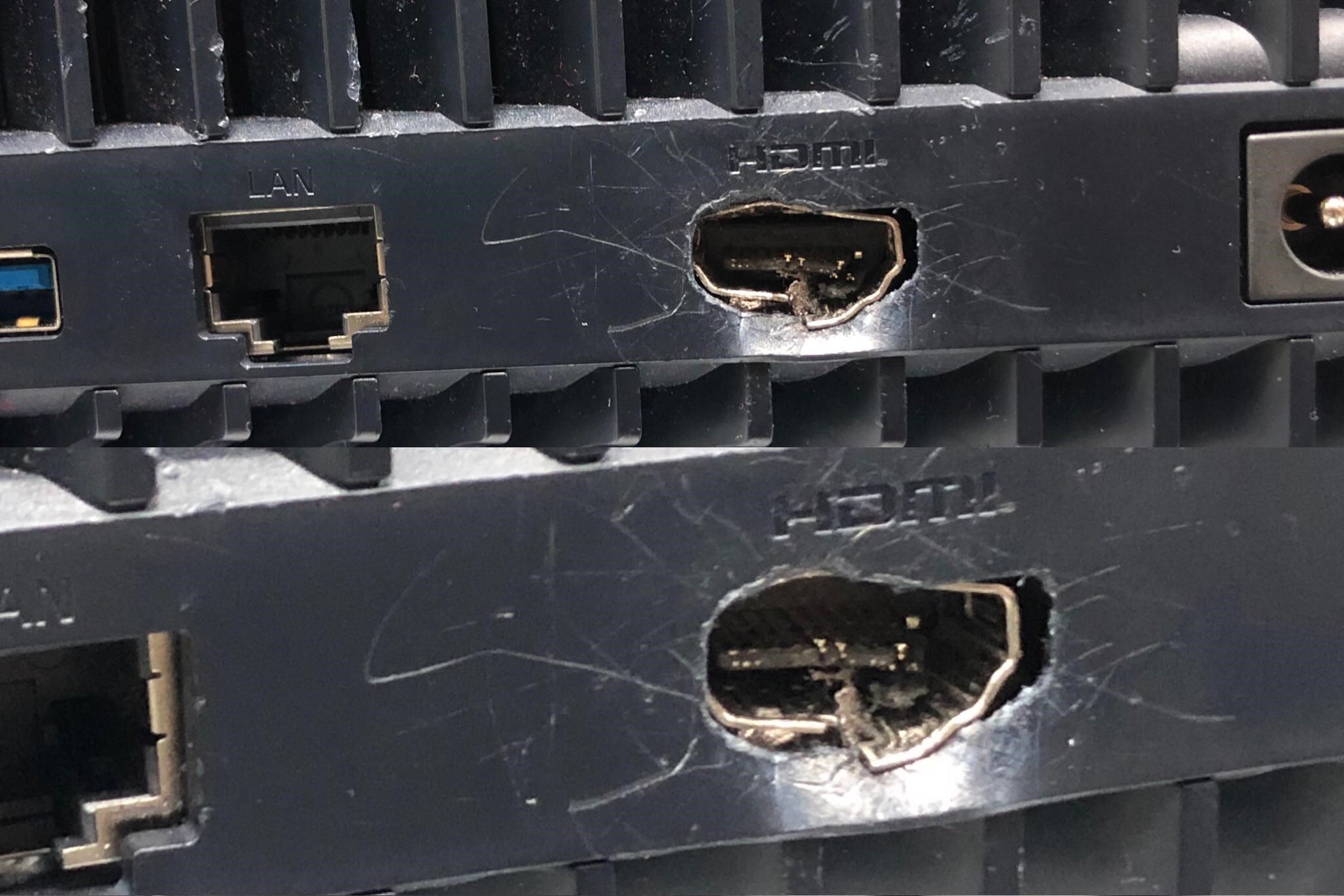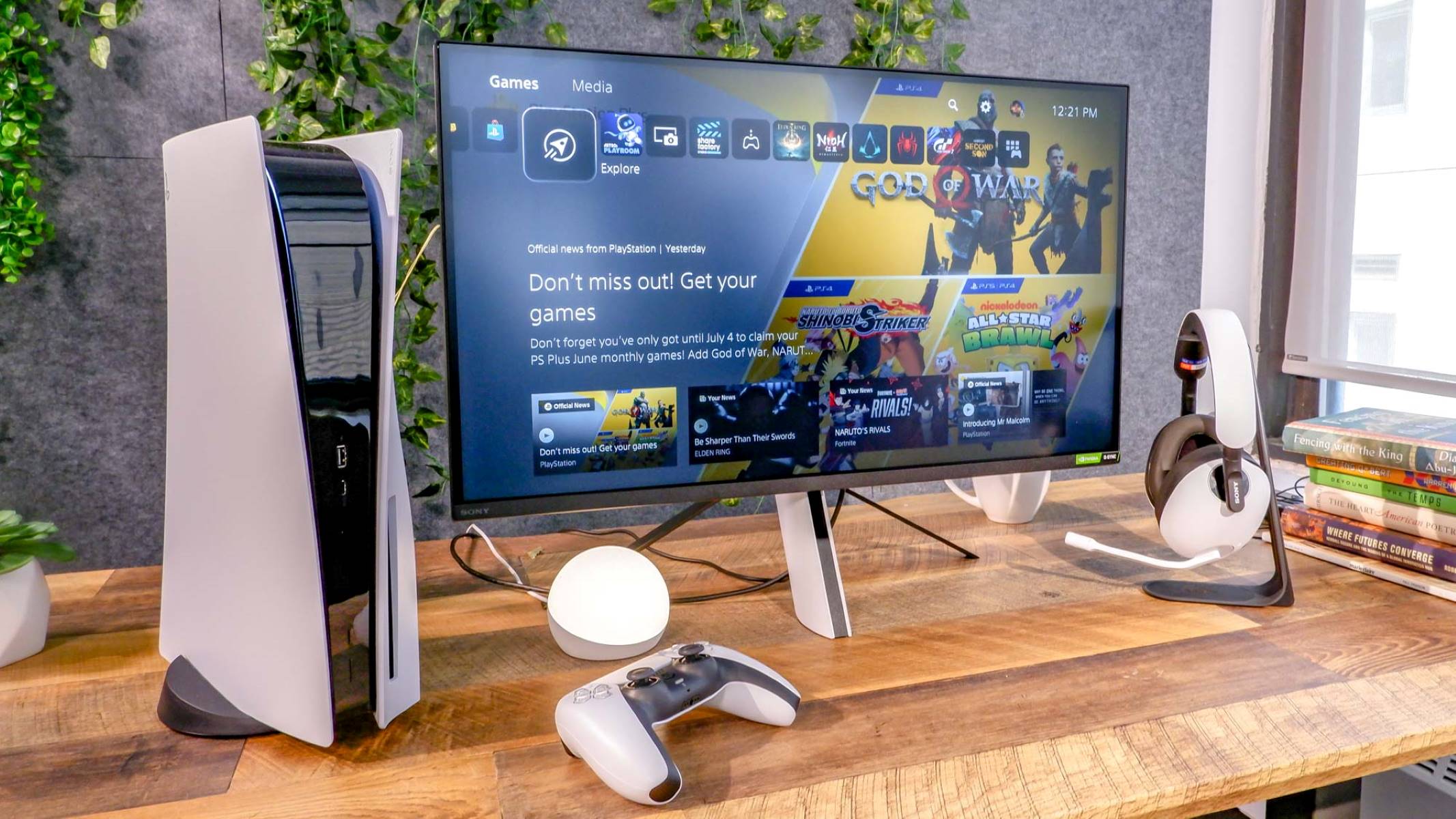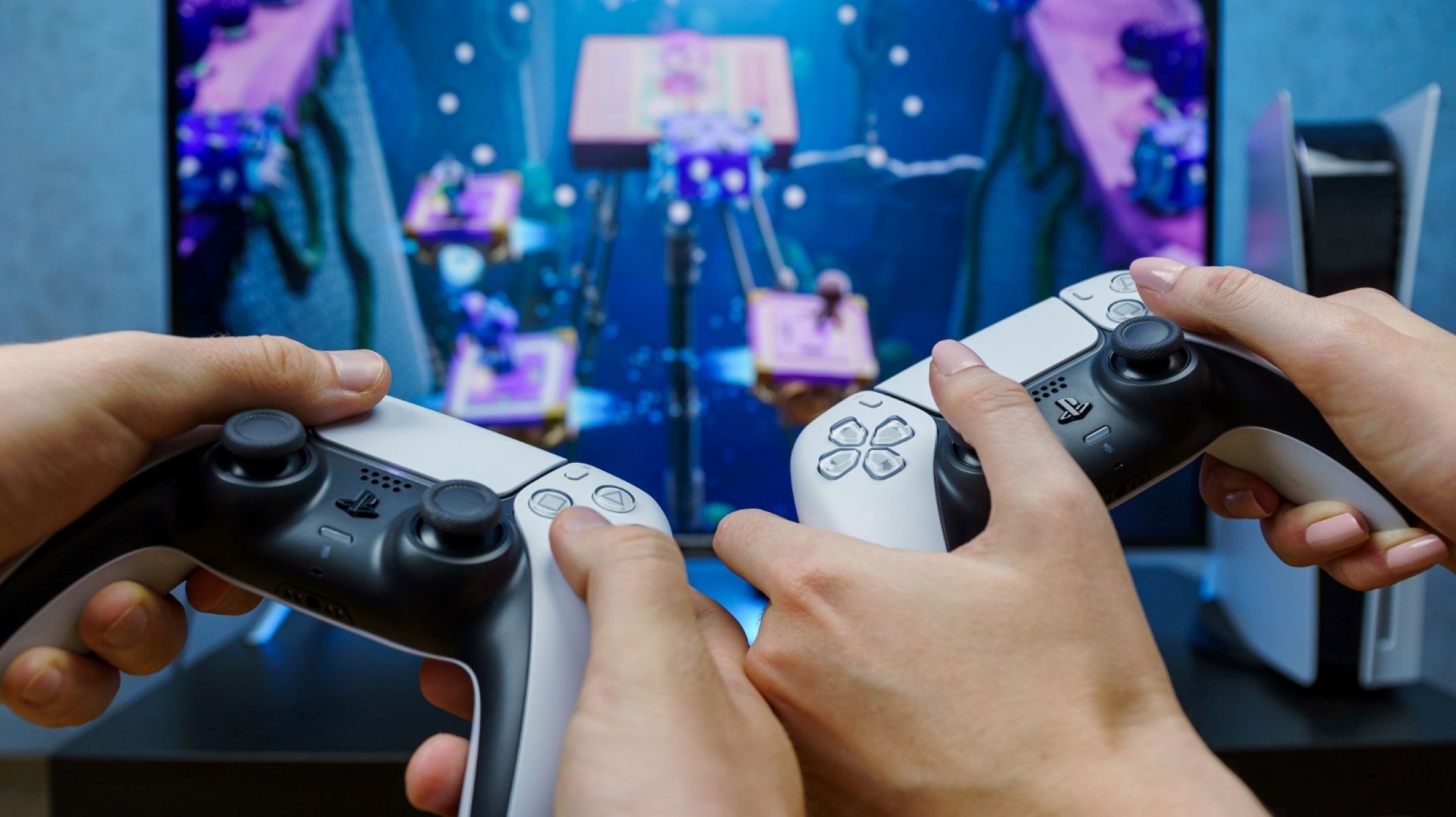Introduction
Welcome to the world of gaming, where the quality of your visuals can make or break your gaming experience. If you are a proud owner of the highly anticipated Sony PlayStation 5 (PS5), you’re probably wondering what TV is best to unleash the full potential of this cutting-edge console. With so many options available in the market, choosing the right TV can be a daunting task.
When it comes to gaming, having a TV that can deliver stunning visuals, crisp graphics, and smooth gameplay is of utmost importance. The TV industry has undergone significant advancements in recent years, with features like high resolution, high refresh rate, and HDR becoming more commonplace. Understanding these features and knowing how they impact your gaming experience will help you make an informed decision when selecting a TV for your PS5.
In this article, we will explore the key factors you should consider when choosing a TV for your PS5. We will delve into various aspects such as display technology, resolution, refresh rate, HDR, input lag, HDMI 2.1, screen size, gaming features, and budget considerations. By the end of this guide, you will have a clear understanding of what to look for in a TV to maximize your gaming potential.
But before we dive into the specifics, it’s important to note that there’s no one-size-fits-all solution. The “best” TV for your PS5 ultimately depends on your preferences, budget, and gaming habits. Our aim is to provide you with the necessary knowledge and insights to make an informed decision that suits your needs.
So, let’s embark on this journey and find out what TV is best for your PS5 and take your gaming experience to new heights!
Display Technology: Which is the Best Option?
When it comes to display technology, you have two main options to consider: LCD (Liquid Crystal Display) and OLED (Organic Light-Emitting Diode). Both have their own advantages and trade-offs.
LCD TVs have been the go-to option for gaming for many years. They provide bright and vibrant colors, excellent brightness levels, and wide viewing angles. LCD panels are generally more affordable and come in a variety of sizes, making them accessible to a wide range of budgets.
However, if you want to take your gaming visuals to the next level, OLED technology is the way to go. OLED TVs offer true blacks, infinite contrast ratios, and exceptional color accuracy. Each pixel is individually lit, allowing for precise control over light and dark scenes. This results in stunning image quality and an immersive gaming experience.
It’s important to note that OLED TVs tend to be more expensive than LCD TVs. They also have a shorter lifespan, as the organic compounds used in the panel can degrade over time. However, recent advancements in OLED technology have mitigated some of these concerns, and many gamers swear by the superior visual experience offered by OLED panels.
Ultimately, the choice between LCD and OLED comes down to your budget and your priorities. If you prioritize affordability and a wide range of options, LCD may be the better choice. On the other hand, if you are willing to invest more for the best visual quality and a truly immersive gaming experience, OLED is the way to go.
It’s worth mentioning that there’s a newcomer in the market known as Mini-LED. Mini-LED technology combines the best of both worlds by offering high brightness levels and localized dimming zones for better contrast. While not as widespread as LCD or OLED, Mini-LED technology shows promise and is worth considering if you’re looking for a cutting-edge display.
Now that we’ve explored the different display technologies, let’s move on to the next crucial factor: resolution.
Resolution: Finding the Sweet Spot
Resolution is another vital aspect to consider when choosing a TV for your PS5. It refers to the number of pixels on the screen and determines the level of detail and clarity of the images. The higher the resolution, the more detailed and immersive your gaming experience will be.
The standard resolution for most TVs is Full HD (1920×1080 pixels), which is suitable for casual gaming. However, with the PS5’s capabilities to render games in native 4K resolution, you may want to consider upgrading to a 4K TV. 4K offers four times the resolution of Full HD, providing a sharper and more lifelike picture quality.
While 4K is undoubtedly impressive, it’s essential to consider the size of your TV and your viewing distance. If you have a smaller TV, say around 40 inches, you may not notice a significant difference between Full HD and 4K unless you sit very close to the screen. On the other hand, larger TVs, especially those above 55 inches, can truly showcase the benefits of 4K resolution as you’ll be able to see more details and smoother textures.
For the ultimate display of graphical prowess, you can even explore TVs with 8K resolution. 8K provides an incredible level of detail and is ideal for large TVs or if you want to future-proof your setup. However, it’s important to note that 8K content is still limited, and the difference between 4K and 8K may not be easily discernible in many games.
Ultimately, the key is to find the sweet spot between resolution, TV size, and viewing distance. If you have a large budget, a 4K TV is a safe bet, especially if you plan on upgrading your gaming setup in the future. If you have a smaller budget or a smaller TV size, Full HD might still provide a visually pleasing experience.
Now that we’ve covered resolution, let’s explore another essential factor that affects gameplay smoothness: refresh rate.
Refresh Rate: Unlocking Smoother Gameplay
The refresh rate of a TV refers to the number of times the screen can redraw the image per second. It is measured in Hertz (Hz) and plays a crucial role in delivering smooth and fluid gameplay.
Most TVs in the market offer a standard refresh rate of 60Hz, which is sufficient for most casual gaming. However, if you want to take full advantage of the PS5’s capabilities and enjoy buttery-smooth gameplay, you should consider a TV with a higher refresh rate.
One option is to go for a TV with a 120Hz refresh rate. This higher refresh rate allows the TV to refresh the image 120 times per second, resulting in smoother motion and reduced motion blur. Games that support higher frame rates, such as racing or first-person shooter games, can greatly benefit from a higher refresh rate as it provides a more responsive and immersive gaming experience.
If you’re a competitive gamer or want the utmost smoothness in gameplay, you may opt for a TV with a 240Hz refresh rate. While these TVs are less common and usually come at a premium price, they offer the smoothest experience with reduced input lag and motion blur.
It’s worth mentioning that not all games support high refresh rates, and the difference may not be noticeable in every game. However, as more and more games are optimized to take advantage of higher refresh rates, it’s a feature that can enhance your gaming experience, especially with fast-paced and action-packed games.
It’s important to note that to benefit from higher refresh rates, your game console needs to be capable of outputting the relevant frame rates. The PS5 supports up to 120Hz refresh rate for compatible games, so ensure your TV can match this capability.
Now that we’ve discussed the importance of refresh rates, let’s dive into HDR and how it can enhance your gaming visuals.
HDR: Enhancing Visuals to a New Level
High Dynamic Range (HDR) is a feature in TVs that brings greater contrast and a wider range of colors to your gaming visuals. It is a significant advancement that can truly elevate your gaming experience by making the images more vibrant, detailed, and lifelike.
With HDR, you can experience deeper blacks, brighter highlights, and a broader spectrum of colors that traditional SDR (Standard Dynamic Range) TVs cannot achieve. HDR content is mastered with a higher brightness range, allowing for better representation of both dark and bright areas in the image.
When it comes to HDR, there are a few different formats to be aware of. The most common formats are HDR10, HDR10+, and Dolby Vision. HDR10 is the baseline standard and is widely supported by most TVs and game consoles. HDR10+ is an enhanced version of HDR10 that dynamically adjusts the brightness and color levels on a scene-by-scene basis. Dolby Vision is considered the gold standard of HDR and offers the best image quality, but it requires both the TV and the content to support it.
When choosing a TV for your PS5, it’s recommended to go for a TV that supports HDR10 and preferably Dolby Vision if budget allows. These formats will ensure compatibility with a wide range of HDR content and provide the best visual experience, giving you stunningly realistic and immersive visuals that bring your games to life.
It’s important to note that not all games are optimized for HDR, and the difference in visuals may vary from game to game. However, many AAA titles now include HDR support, and more developers are embracing HDR as a standard feature, making it a valuable addition to your gaming setup.
In summary, HDR can greatly enhance your gaming visuals, providing richer colors, improved contrast, and a more immersive experience. Look for a TV that supports HDR10 and Dolby Vision to take your gaming visuals to the next level.
Now that we’ve explored the importance of HDR, let’s discuss another critical factor that directly impacts your gaming performance: input lag.
Input Lag: Reacting Instantly to Your Game
When it comes to gaming, input lag is a crucial aspect that can greatly affect your gaming performance. Input lag refers to the delay between the time you press a button or move a controller and when the action is registered on the screen. It’s measured in milliseconds (ms).
For an optimal gaming experience, it’s crucial to minimize input lag as much as possible. High input lag can result in a noticeable delay between your actions and the response on the screen, causing frustration and hindering your ability to react quickly in fast-paced games.
When selecting a TV for your PS5, look for a model that offers low input lag, ideally below 20ms. This ensures that your inputs are registered and displayed on the screen as quickly as possible, allowing for a more responsive and immersive gaming experience.
It’s worth noting that input lag can vary depending on various factors, including the TV model, picture mode, and image processing features. Some TVs offer a “Game Mode” or “Gaming Optimized” mode, which disables unnecessary processing and reduces input lag. Enabling this mode is highly recommended to achieve the lowest possible input lag.
Furthermore, it’s important to consider the controller you’re using. Wireless controllers, while convenient, can introduce additional input lag compared to wired controllers. If input lag is a top concern, consider using a wired controller to minimize any potential delay.
Reducing input lag is crucial for competitive gamers or those who play fast-paced games that require quick reflexes and precise timing. However, for casual gamers, the difference in input lag may not be as noticeable, and other factors such as visuals and features may take precedence.
Now that we’ve explored input lag, let’s move on to the next important factor that allows for seamless connectivity and future-proofing: HDMI 2.1.
HDMI 2.1: Embracing the Future
HDMI (High-Definition Multimedia Interface) is the standard connection used to transmit audio and video signals from your gaming console to your TV. With the release of the PS5, HDMI 2.1 has become a key consideration when choosing a TV for gaming.
HDMI 2.1 introduces several new features and enhancements that future-proof your gaming setup and ensure compatibility with the latest technology. One of the most significant advantages of HDMI 2.1 is the increased bandwidth, allowing for higher resolutions and faster frame rates.
One of the standout features of HDMI 2.1 is its support for 4K at 120Hz and even 8K at 60Hz. This means that with a compatible TV and game, you can achieve incredibly smooth gameplay with exceptional image quality. Not only will your games look stunningly detailed, but the increased frame rates also provide a more fluid and immersive experience.
Another notable feature of HDMI 2.1 is Variable Refresh Rate (VRR). This technology synchronizes the refresh rate of your TV with the frame rate output of your gaming console. The result is a seamless and tear-free gaming experience without the need for traditional v-sync. VRR is particularly beneficial for graphically demanding games that may experience frame dips or fluctuations, ensuring that the gameplay remains smooth and responsive.
In addition to VRR, HDMI 2.1 also introduces Auto Low Latency Mode (ALLM), which automatically enables the low-latency mode of your TV when you start gaming. This eliminates the need to manually switch picture modes or settings, reducing input lag and ensuring you’re always getting the best gaming performance.
While HDMI 2.1 is an exciting advancement, it’s essential to note that not all TVs support this technology. If you’re looking to fully take advantage of HDMI 2.1 capabilities, ensure that your TV explicitly mentions HDMI 2.1 support in the specifications. Keep in mind that HDMI 2.1 cables are also required to enable these features.
Now that we’ve explored the benefits of HDMI 2.1, let’s continue our journey and discuss the importance of selecting the right screen size for your gaming needs.
Screen Size: Choosing the Right Fit
Choosing the right screen size for your gaming TV is crucial as it directly impacts your overall gaming experience. The screen size determines the level of immersion, visibility of details, and comfort while playing.
There are several factors to consider when determining the optimal screen size. One of the most important factors is the viewing distance. You want to ensure that the screen is large enough to provide an immersive experience without causing eye strain or discomfort. A general guideline is to sit at a distance that is approximately 1.5 to 2.5 times the diagonal screen size.
If you sit too close to a large screen, you may find it difficult to see the entire picture or notice pixelation. On the other hand, if you sit too far from a small screen, you may miss out on details and immersive visuals. Finding the right balance is key.
Consider the size of your gaming room or the space where the TV will be placed. Measure the available area and select a screen size that fits comfortably within the space, ensuring there is enough room for an optimal viewing experience.
It’s important to note that larger screens tend to offer a more immersive experience, especially for games that emphasize detailed environments or sweeping landscapes. However, a larger screen may also require more eye movement, which can be tiring during extended gaming sessions.
Take into account your personal preferences and gaming habits as well. If you primarily play single-player games and enjoy getting lost in the story, a larger screen may enhance the cinematic feel. On the other hand, if you prefer competitive gaming or quick reflexes, a smaller screen may allow for better focus and quicker visual identification of objects and enemies.
Last but not least, consider your budget. Larger screens generally come at a higher cost, so it’s important to strike a balance between your desired screen size and your budget. Remember that other factors such as resolution, refresh rate, and features might also impact the price.
By considering factors such as viewing distance, available space, personal preferences, gaming habits, and budget, you can find the screen size that suits your gaming needs and provides an immersive and comfortable gaming experience.
Now that we’ve discussed screen size, let’s explore the gaming features that can enhance your gameplay and overall gaming experience.
Gaming Features: Must-Have Technologies
When choosing a TV for your gaming needs, it’s important to consider the additional gaming features that can enhance your gameplay and overall gaming experience. These features go beyond the basic display specifications and can make a significant difference in your immersion and enjoyment of games.
One such feature is Local Dimming. This technology allows the TV to dynamically adjust the backlighting in different areas of the screen, resulting in deeper blacks and improved contrast. Local Dimming can enhance the visual details, making the in-game environments and characters appear more realistic and vivid.
Another essential gaming feature to look out for is Motion Smoothing or Motion Handling. This technology reduces motion blur and helps to create smoother and clearer images, especially during fast-paced gameplay. It minimizes the ghosting effect and ensures that the movements on the screen appear crisp and fluid.
Furthermore, some TVs come with Variable Refresh Rate (VRR) support, using technologies like AMD FreeSync or NVIDIA G-Sync. VRR synchronizes the refresh rate of the TV with the frame rate outputted by the gaming console. This eliminates screen tearing and stutters, resulting in a smoother and seamless gaming experience. VRR is particularly beneficial for games with variable frame rates and can greatly enhance gameplay smoothness.
Other important gaming features include Low Input Lag, which we discussed earlier, and Game Modes. Game Modes optimize the TV’s settings specifically for gaming, reducing input lag and enhancing the overall performance. These modes typically disable unnecessary image processing and provide the fastest response time for seamless gameplay.
Lastly, consider additional connectivity options that can enhance your gaming experience. Look for TVs with multiple HDMI ports, allowing you to connect multiple consoles, gaming PCs, or other devices simultaneously. This saves you the hassle of constantly switching cables and ensures easy access to your gaming setups.
While not all of these gaming features may be essential for every gamer, they can undoubtedly enhance your gameplay and overall experience. Prioritize the features that align with your gaming preferences and consider the impact they can have on your enjoyment and immersion while playing.
Now that we’ve explored various gaming features, let’s move on to budget considerations and finding the best value for your gaming TV.
Budget Considerations: Finding the Best Value
When it comes to choosing a TV for your gaming needs, it’s important to consider your budget and find the best value for your investment. While high-end TVs with all the latest features can provide an exceptional gaming experience, they may not always be within reach for everyone.
One approach to finding the best value is to determine your gaming priorities. Consider which features are crucial for your gaming experience and focus on those. For example, if you prioritize resolution and visuals, you may opt for a TV with 4K resolution and HDR support, even if it means compromising on other aspects such as a higher refresh rate.
Additionally, keep an eye out for deals and discounts. TVs often go on sale during holiday seasons and shopping events, offering significant savings. Research and monitor prices to find the best deals that fit within your budget.
Consider not only the upfront cost but also the long-term value of the TV. Investing in a TV with future-proof features, such as HDMI 2.1 support and advanced technologies, can ensure that your gaming setup remains relevant for years to come.
Don’t forget to read reviews and seek recommendations from other gamers. User reviews can provide valuable insights into the performance and reliability of different TV models, helping you make an informed decision while considering your budget.
Lastly, remember that price does not always guarantee the best gaming experience. There are often affordable options available that can still provide impressive visuals and performance. Compare specifications and features across different TV brands and models to find the best balance between cost and quality.
By taking these budget considerations into account, you can find a gaming TV that delivers the best value for your gaming needs and provides an enjoyable and immersive gaming experience within your budget constraints.
Now that we’ve explored budget considerations, let’s summarize our findings and wrap up our guide to choosing the best TV for your PS5.
Conclusion
Choosing the best TV for your PS5 is an important decision that can greatly impact your gaming experience. By considering factors such as display technology, resolution, refresh rate, HDR, input lag, HDMI 2.1, screen size, gaming features, and budget, you can make an informed decision that suits your needs and preferences.
When it comes to display technology, LCD and OLED offer their own advantages and trade-offs, with OLED providing superior visual quality but at a higher cost. Resolution should be chosen based on your TV size and viewing distance, with 4K being the standard for optimal detail and immersion. A higher refresh rate can deliver smoother gameplay, especially for fast-paced games, while HDR enhances visuals with richer colors and contrast.
Reducing input lag ensures a more responsive gaming experience, and HDMI 2.1 enables compatibility with the latest technology and future-proofing. Choosing the right screen size depends on factors like viewing distance, space availability, and personal preferences. Gaming features like local dimming, motion smoothing, VRR, low input lag, and game modes can further enhance your gameplay.
Lastly, considering your budget and finding the best value is crucial. Prioritize the features that matter most to you and look for discounts or deals. Remember to read reviews and seek recommendations to make an informed decision.
Ultimately, the best TV for your PS5 will depend on your preferences, budget, and gaming habits. Take your time, compare options, and find the TV that brings your gaming experience to life. Whether you choose an LCD or OLED, a 4K or 8K, a 60Hz or 120Hz, rest assured that with the right TV, you’ll unleash the full potential of your PS5 and immerse yourself in the world of gaming like never before.









